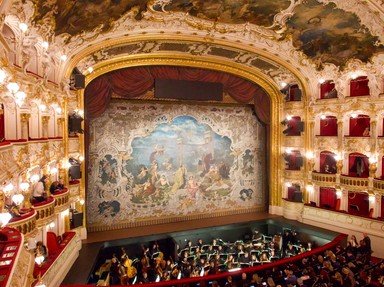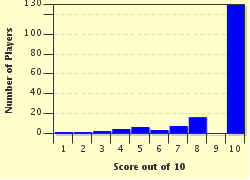
All the World's a Stage Trivia Quiz
Another day, another tour courtesy of the Last Ones In! This time it's forms of theatre hailing from different parts of the world. Can you match the drama form with its country of origin?
A matching quiz
by LadyNym.
Estimated time: 3 mins.
